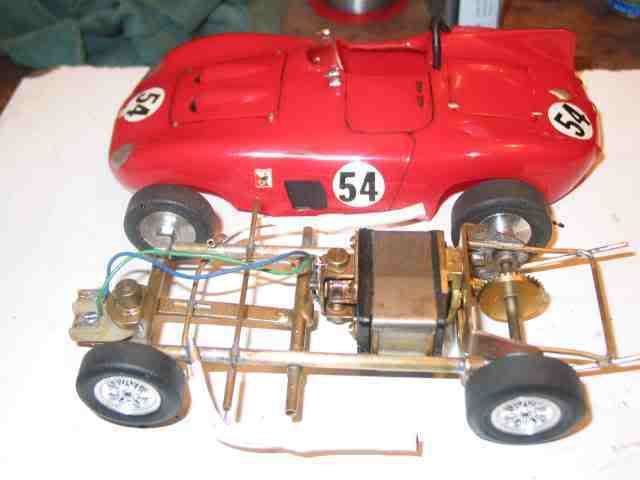I have tested this version of the Kemtron/ Ram motor with a Koford 12 volt regulated power supply and it does not spin as fast as the Kemtron/ Ram/ Pittman endplate motors described earlier in this thread.
I believe that this motor suffers from 1st and 2nd order vibration issues.
The "1st order vibration" is caused by the fact that both ball bearings are a bit loose in their endplate bearing holes. It's a tiny bit, but there's enough play to feel magnetic force kind of "rattle" the armature in its bearings as it is rotated slowly by hand. Also, at top speed the bearing housings rotate in the their endplate holes. Not a good thing.
I find that it is difficult to drill/ ream bearing holes perfectly, so that the bearing fits snugly, but not too tightly, in its hole,
As a result of this project experience I have learned that it is important to stop the reaming process just short of clearing the hole entirely, hand-filing the last millimeter remaining so that the bearing fits snugly.
That's the standard that Gene Husting writes about achieving in his 1966 Rod & Custom magazine articles describing how to build a copy of his record-setting magnesium frame Top Fuel Eliminator dragster.
The solution is to cement the ball bearings in their holes with the motor completely assembled using epoxy or green Loctite threadlock (penetrates assembled parts).
Gene must have always drilled perfect holes because he never mentions the need to cement ball bearings into place on his motors.

















